Instacart Retail
Inflation’s Effect on Top Categories, and What Retailers Can Do
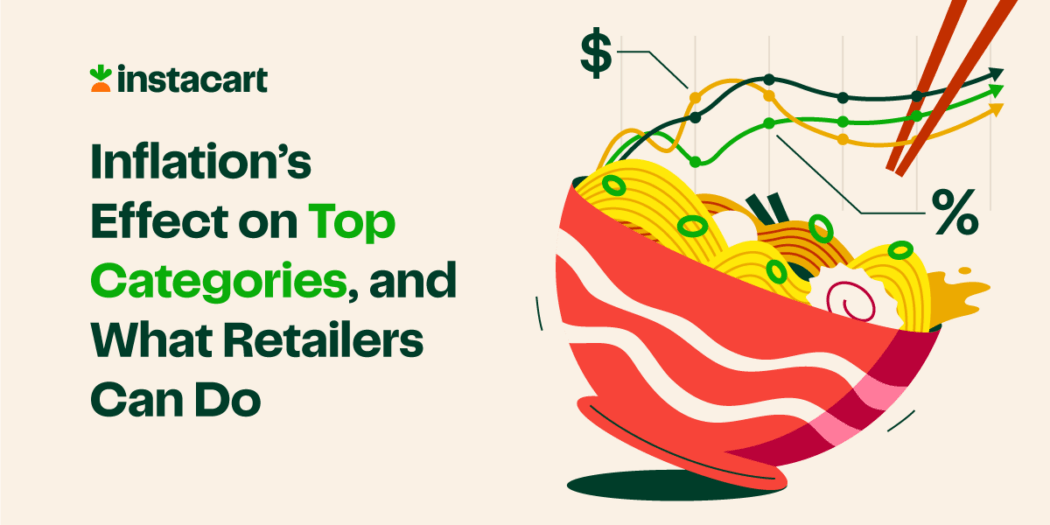
It’s no secret that prices are rising. At Instacart, we’ve seen price increases across all categories, and some get hit harder than others.
For example, pet department prices have seen the largest increase, whereas alcohol has stayed relatively stable. Not only do price increases vary wildly across different products, but the consumer responses to these increases are equally as varied.
However, a price increase does not automatically equal, or directly correlate to a decrease in unit sales. In 2022, categories such as meat and fresh vegetables were hit disproportionately hard relative to their price increases, as consumers who were looking for ways to cut costs left these higher priced items out of the basket. When it comes to packaged food, there was significant variation based on category. While categories like frozen vegetables and frozen complete meals saw decreases in units per customer roughly equal to their increase in average unit price, categories like pasta and grocery sandwich rolls have held up fairly well against their relative price increases.
Even among the products that have withstood the test of price increases, eggs in particular have held particularly solid, as it is hard to find a suitable substitute.
The behaviors behind this imbalance between category price increases and actual item purchases are also reflected in some of the trends we see around private label products.
To offset the high costs of common staple foods, many consumers consider a switch to private label products, accessing lower prices without sacrificing their usual purchases. However, these switches to private label are very category-dependent, and beginning to level out. Most staple foods like meat and bread have seen very little shift in private label share whatsoever, with the main outliers being a 2.0% year-over-year increase for eggs, and a 1.5% year-over-year decrease for milk.
As consumers shift away from dining out, they are trading up in certain categories to treat themselves. Consumers are upgrading their purchases from value to mainstream-tier frozen complete meals – as well as driving a significant 7% jump in premium ground coffee. This suggests a desire for convenient quality at home as customers decrease their spending on dining out and restaurant delivery.
Compare this to simple sandwich bread – a relatively common purchase – where consumers have traded down, driving a 4% increase in value-tier product unit sales.
All of these trends underscore the nuance and unpredictability of consumer purchasing behavior during periods of inflation, but how should retailers react and prepare themselves going forward?
How Retailers Can Prepare for Shifting Consumer Needs in Their Top Categories
In spite of all the trends and variables at play, there are a few things that retailers can do to prepare themselves for shifting consumer needs in the face of rising prices for common purchases.
- Understand category and channel shifts for their core consumer segments. Every retailer has their own unique audience with individual preferences on where, how and what they shop for. Leveraging near-real time insights across channels enables retailers to remain agile and adjust strategy based on consumer response in uncertain times.
- Create an affordability strategy that makes sense for their consumers. Retailers should focus on optimizing their category and pricing strategies and enacting inventory management to make sure they’ve got the right products, at the right price, in the right channels. Likewise, retailers have an opportunity to reach new and current customers with promotions across all channels, not just in-store or in the circular, and the opportunity to deliver personalized promotions to drive strategic category growth.
- Understand the dynamics between category and channel. The degree and manner in which consumers are price-conscious depends on the occasion and the channel through which they shop. Knowing how certain categories and brands perform across different channels enables retailers to leverage that data to drive improved found rates, improved customer experiences across all channels, and ultimately, improved sales.
There are very few universal truths when it comes to inflation’s effect on consumers’ baskets. Rising prices affect different categories and brands in various ways, and to different degrees depending on the channel. Staying aware of these trends means staying in control, and providing the best possible experience for cost-cutting consumers.
See how Instacart helps retailers prioritize ease and affordability across all channels.
Most Recent in Instacart Retail
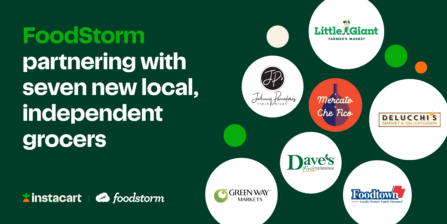
FoodStorm
Helping Local Independent Grocers Streamline Their Catering and Prepared Foods Businesses
Over the past few years, FoodStorm - our order management system (OMS) designed specifically to help grocers manage their deli, prepared foods and catering - has seen remarkable growth. And today, we’re excited to share…...
Apr 24, 2024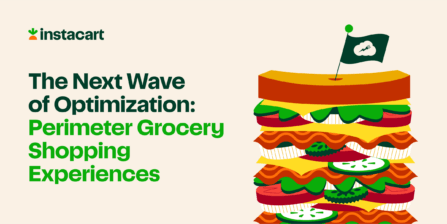
FoodStorm
The Next Wave of Optimization: Perimeter Grocery Shopping Experiences
Discover how you can optimize your perimeter grocery shopping experiences with software that connects your departments and delights your consumers. Simple, powerful, and digital: The future of perimeter grocery As the grocery landscape evolves, retailers…...
Apr 24, 2024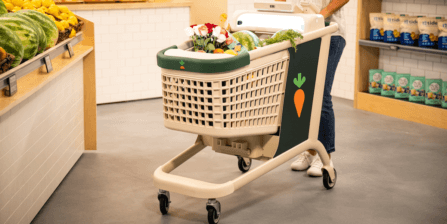
Caper
Why Smart Carts Are the Winning Technology Format for Grocers
One of the most common misconceptions about smart carts is that they only serve as an alternative to self-checkout. However, the real magic behind a Caper Cart, our AI-powered smart cart, is the digital screen.…...
Apr 9, 2024

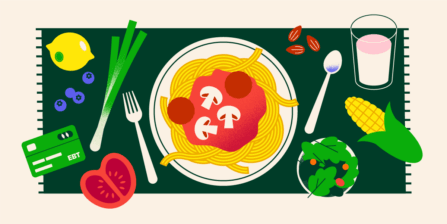 Food Lion, GIANT, Hannaford and Stop & Shop Increase Healthy Food Access by Enabling EBT-SNAP Payments for Grocery Delivery
Food Lion, GIANT, Hannaford and Stop & Shop Increase Healthy Food Access by Enabling EBT-SNAP Payments for Grocery Delivery 
